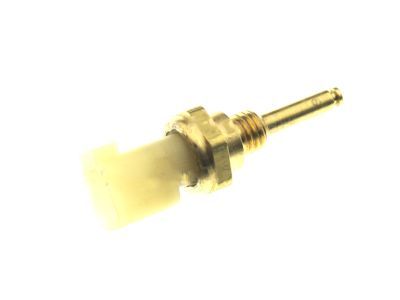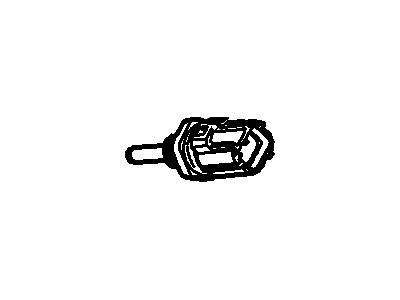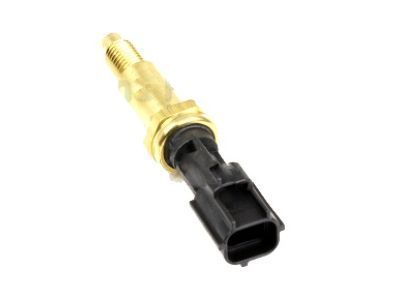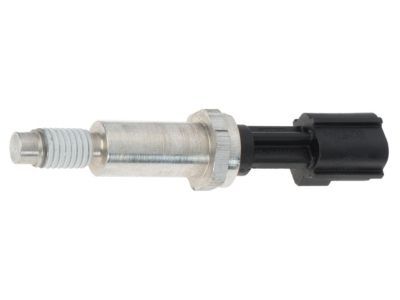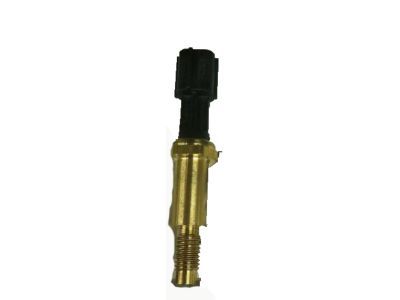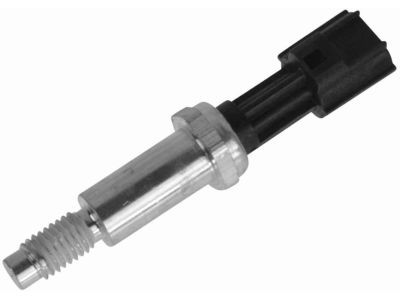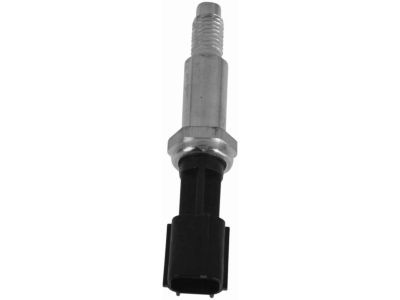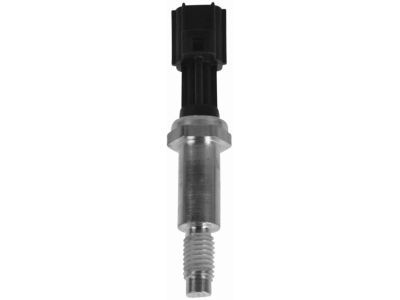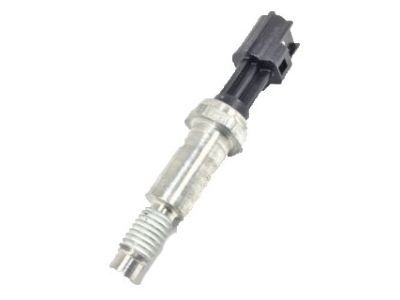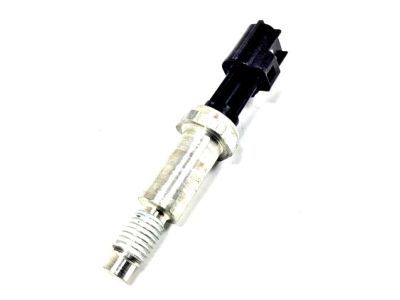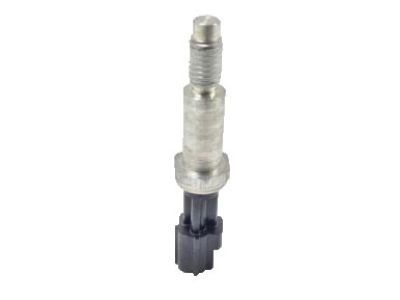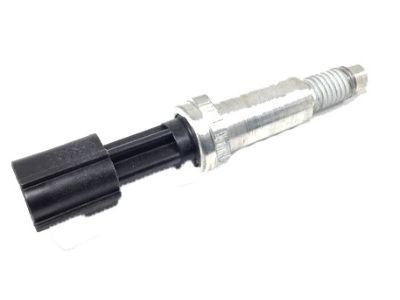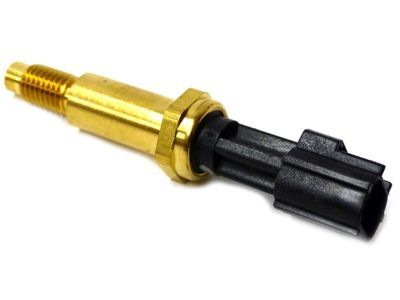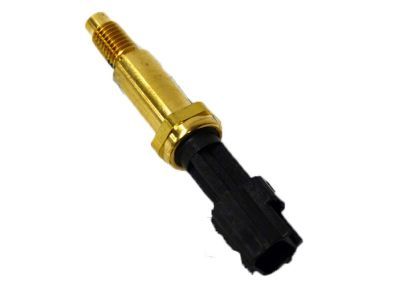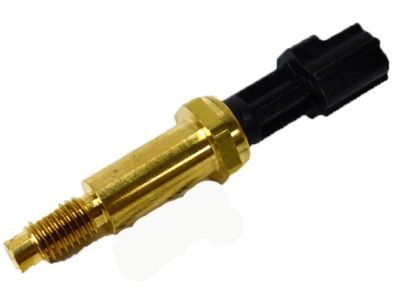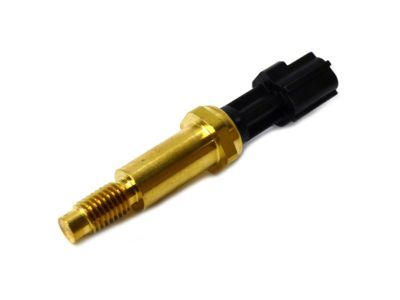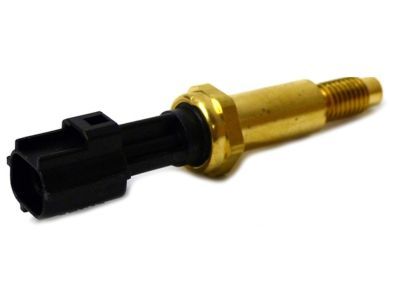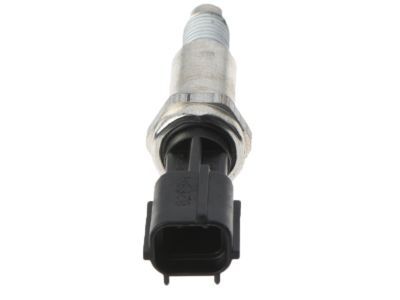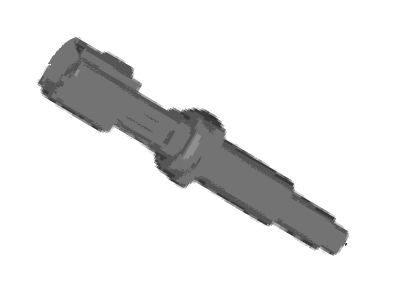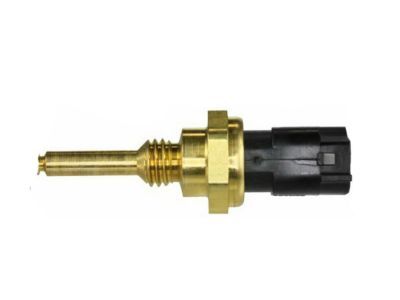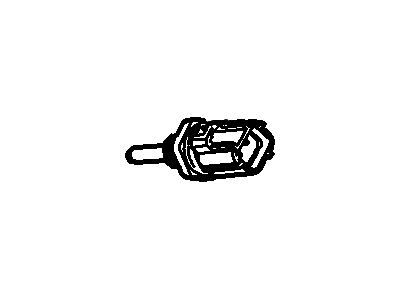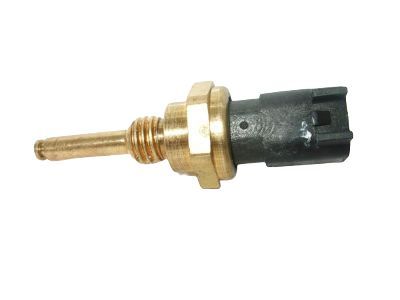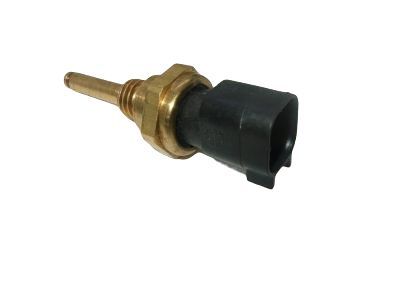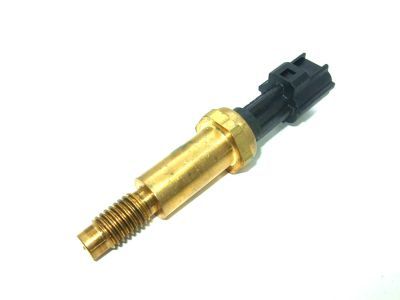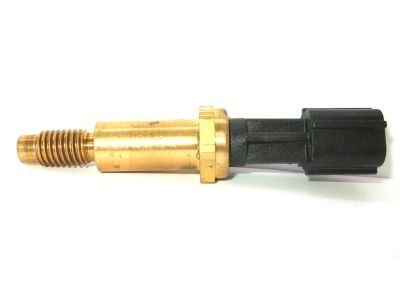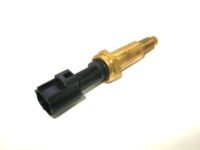

My Garage
My Account
Cart
Genuine Ford Escape Cylinder Head Temperature Sensor
- Select Vehicle by Model
- Select Vehicle by VIN
Select Vehicle by Model
orMake
Model
Year
Select Vehicle by VIN
For the most accurate results, select vehicle by your VIN (Vehicle Identification Number).
9 Cylinder Head Temperature Sensors found
Ford Escape Sensor Assembly
Part Number: 9L8Z-6G004-B$26.16 MSRP: $38.25You Save: $12.09 (32%)Ships in 1 Business DayFord Escape Sensor Assembly
Part Number: 9L8Z-6G004-A$14.27 MSRP: $20.33You Save: $6.06 (30%)Ships in 1-2 Business DaysFord Escape Sensor Assembly
Part Number: JX6Z-6G004-B$6.94 MSRP: $9.88You Save: $2.94 (30%)Ships in 1-3 Business DaysFord Escape SENSOR ASY
Part Number: P2GZ-6G004-B$8.33 MSRP: $11.87You Save: $3.54 (30%)Ships in 1-2 Business Days
Ford Escape Cylinder Head Temperature Sensor
We provide a wide range of Ford Escape Cylinder Head Temperature Sensor at the best prices possible. If you need Ford Escape Cylinder Head Temperature Sensor, you can shop with confidence on our website. All our OEM parts come with a manufacturer's warranty and are delivered to your door step with a fast delivery service.
Ford Escape Cylinder Head Temperature Sensor Parts Questions & Experts Answers
- Q: How to replace Cylinder Head Temperature Sensor on Ford Escape?A:This procedure does not apply to 2004 and earlier V6 models, as far as I know. In 2.0L four-cylinder vehicles, it is placed close to the alternator whilst in all other four-cylinder it is fitted at the center top of cylinder head. For the later V6 engines, the sensor is fixed on the left side of the rear cylinder head. Possible sabotage steps should be initiated from the side of the car manufacturer: to start with, one should unplug the cable connected to the negative terminal of the battery. If working on a Two point Oh European four-cylinder engine, then pull off the alternator. Third, remove the CHT sensor electrical connector and thereafter unscrew and detach the CHT sensor. 2.0L four-cylinder engine electrical connector needs to be unplug before unscrewing the sensor; for both 2.3L/2.5L four-cylinder engines, the sensor is between number 2 and number 3 spark plugs. The process of installation is as close to the process of removal as it can be, and, finally, the CHT sensor is tightened to the specified torque. Since the battery is disconnected and reconnected, the PCM requires relearn for idle and fuel trim to have more appropriate driveability and performance.
Related Ford Escape Parts
Browse by Year
2023 Cylinder Head Temperature Sensor 2022 Cylinder Head Temperature Sensor 2021 Cylinder Head Temperature Sensor 2020 Cylinder Head Temperature Sensor 2019 Cylinder Head Temperature Sensor 2018 Cylinder Head Temperature Sensor 2017 Cylinder Head Temperature Sensor 2016 Cylinder Head Temperature Sensor 2015 Cylinder Head Temperature Sensor 2014 Cylinder Head Temperature Sensor 2013 Cylinder Head Temperature Sensor 2012 Cylinder Head Temperature Sensor 2011 Cylinder Head Temperature Sensor 2010 Cylinder Head Temperature Sensor 2009 Cylinder Head Temperature Sensor 2008 Cylinder Head Temperature Sensor 2007 Cylinder Head Temperature Sensor 2006 Cylinder Head Temperature Sensor 2005 Cylinder Head Temperature Sensor 2004 Cylinder Head Temperature Sensor 2003 Cylinder Head Temperature Sensor 2002 Cylinder Head Temperature Sensor 2001 Cylinder Head Temperature Sensor
